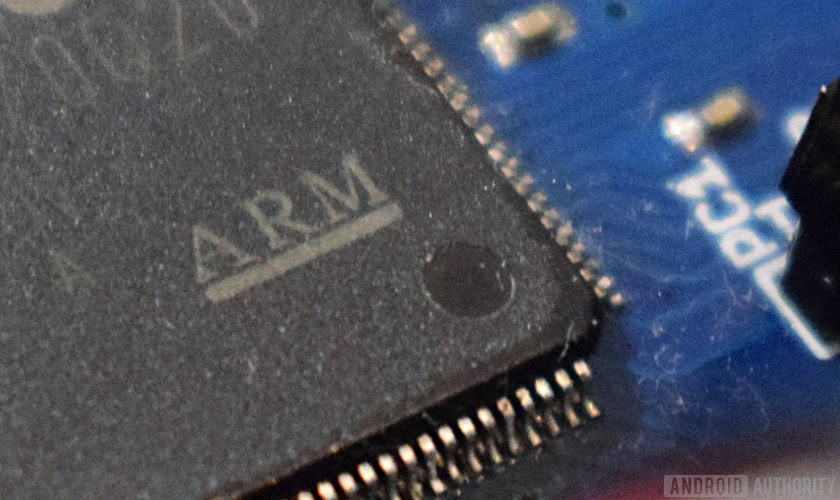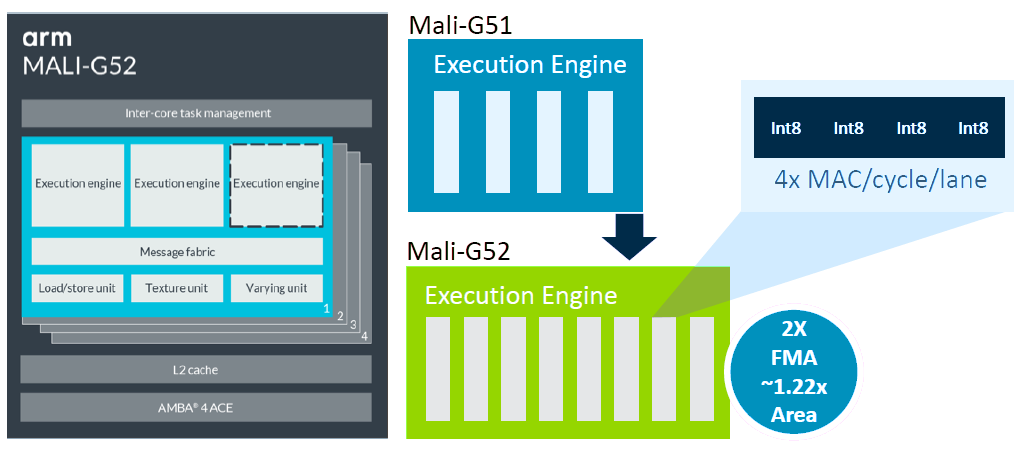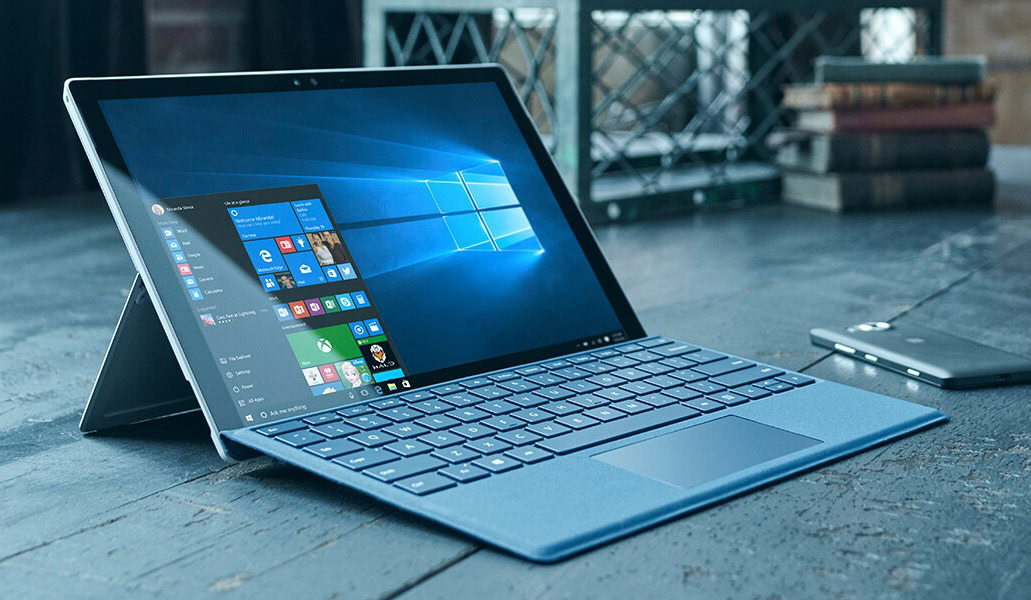Affiliate links on Android Authority may earn us a commission. Learn more.
New Arm Mali Multimedia Suite boasts mid-tier GPUs and more
Published onMarch 6, 2018

Arm just announced a selection of new graphics-related products as part of its Mali Multimedia Suite announcement today. Headlining the package are two new GPUs for the mainstream mobile market — the Mali-G52 and Mali-G31. Arm also unveiled its next display processor, the Mali-D51, and its Mali-V52 video processor.
Arm is particularly focusing on empowering machine learning, gaming, and mixed reality applications with these chips, likely coming next year. The company is also targeting the Digital Television (DTV) market, which increasingly requires additional graphics-processing power.
Introducing the Mali-G52 and G31
As the names suggest, the Mali-G52 and G31 are evolutions of Arm’s existing Bifrost graphics architecture, just like its high-end Mali-G72. The company made a number of tweaks here though, focusing on improvements to machine learning as well as energy performance.

Starting with the Mali-G52, the graphics core boasts a 30 percent improvement to performance density, 15 percent better energy efficiency, and more than triples the machine learning performance of its predecessor, the Mali-G51. The area and energy improvements mean chip developers can offer better efficiency, or use the savings to include an extra core for higher graphics performance.
The real headline grabber is the huge boost to machine learning performance. Arm has achieved this by tweaking the GPU core’s Execution Engine. Compared with the G51, the G52 now boasts double the lanes in its Execution Engine. Arm also introduced 8-bit dot product support, enabling simultaneous calculation of four multiply–accumulate operations per cycle per lane, doubling the performance for just a 20 percent increase in area size. Combined, these improvements boost machine learning performance by 3.6 times.

The Execution Engines are also scalable within a G52 GPU. Chip designers can offer two or three Execution Engines inside each core, depending on the required performance point. The Mali-G52 can then be implemented in designs ranging from one to four cores for additional performance and area flexibility.
While the G52 offers up solid performance improvements for the mid-range, the Mali-G31 introduces a new third tier in Arm’s GPU portfolio aimed squarely at ultra efficient devices with a 720p or below display resolution. The G31’s primary focus is to offer high-end graphics features in the most compact and low power form factor possible.
Compared with a Mali-G51 MP2, an equivalent G31 can shrink the die area by 20 percent and still offer a 12 percent performance boost to essential tasks like UI performance. Importantly, the G31 is Arm’s smallest chip to support the Vulkan API and OpenGL ES 3.2. Arm views this design not as a direct replacement for its hugely successful low power Mali-400 GPU, but as an upgrade path for those who need a similar chip with more modern graphics features and API support.

Arm sees these GPUs appearing in two types of chip, although ultimately the implementation remains up to its partners. In a DynamIQ CPU combination, the Mali-G52 should offer mainstream processors plenty of gaming grunt. The Mali-G31 can be paired up with a quad or octa-core LITTLE CPU configuration for low-power products.
New Display and Video processors
In addition to its CPUs and GPUs, Arm’s product portfolio also extends to new machine learning hardware, display, and video processors. As part of its new Multimedia Suite announcement, the company is updating its display and video processor line-up with the Mali-D51 and V52.
Display processors are increasingly used to offload common tasks from the GPU — like calculating UI transparency, rotating graphics objects, and multi-display composition — freeing up resources for rendering. Multi-display composition is becoming increasingly important in DTVs, to view multiple video streams at one time.
Compared with the Mali-DP650, Arm’s previous mid-range option behind the D71, the new D-51 doubles area efficiency. Compared with running tasks on the GPU alone, Arm’s latest display processor provides a 30 percent system power saving and 50 percent improvement to memory latency.

With its new Mali-V52 video processor, Arm is offering a upgraded selection of high-end video options. The chip supports 4K video encoding and decoding at 60fps with HDR content, along with the premium VP9 and H265 codecs. Compared with the V61, the V52 doubles decode performance, with a 38 percent smaller area footprint, and 20 percent boost to encoding quality.
While some SoC manufacturers tend to pick and choose parts from various component designers, implementing a complete Arm solution will allow the use of its AFBC compression protocol throughout all of these components. AFBC offers notable bandwidth savings, which is often a bottleneck in mobile products and can really drain batteries.

Wrap up
Arm’s suite of multimedia announcements complements many of the company’s high-end products from last year, fleshing out the mid-tier with a range of performance improvements and premium features. On the GPU side, the G52 offers better performance for the mid-tier and the G31 opens up a new branch in the company’s portfolio to cater to extremely low-power products complete with Vulkan API support. The display and video processor announcements also ensure Arm can offer end-to-end solutions for its customers.
Since these are brand new products, we probably won’t see any of them appear inside SoCs and consumer products until Q2 or Q3 2019.